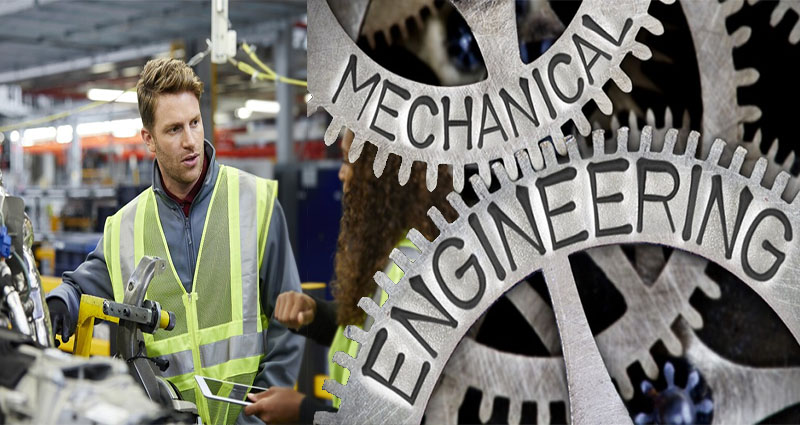There are four main types of engineering mechanics. They include kinematics, dynamics, and free body diagrams. In each of these types, engineers will use the free body diagram to determine all forces acting on the body at rest. These forces are then broken down into vectors in a useful coordinate system and summed in sets parallel to the basis vectors. These sets are then set to zero to meet a static constraint. This equation can then be solved using simple algebra and linear algebra techniques.
Free body diagrams
Free body diagrams are a useful tool in engineering mechanics. They are used to investigate structures and determine unknown forces. They can be drawn using the steps below. A free body diagram displays all forces acting on a body as vectors, and all weight is represented as a vector. The forces are then separated into x and y components. Once the force equations are calculated, it’s time to draw a free body diagram.
Kinematics
In engineering mechanics, kinematics is an essential concept that explains how things move. Understanding the dynamics of an object allows you to design and build machines that can move objects. For example, you can use kinematic equations to design machines that can predict the speed at which an object will move. Kinematics can also be used in ballistics, which is the study of projectiles in the air.
Kinetics
The study of motion is known as kinematics. Kinematics involves the study of forces and the position of an object in motion. In engineering mechanics, kinetics is used to model vehicles and to study the behavior of water in motion. It is also useful in studying the effects of friction and lubrication on an object. However, this study is difficult for undergraduate students. However, with the help of online resources, students can learn the concepts and solve challenging mathematical problems with ease.
Dynamics
In engineering mechanics, dynamics refers to the study of motion. This includes all the steps required to solve a mechanics problem, such as force, acceleration, and kinematics. This course also teaches concepts of energy and momentum, which are vital to understanding systems and particles. Using the principles of energy and momentum, students can develop and test engineering models. They can also use dynamics to design products that will move in various ways.
Fluid mechanics
Advances in the field of fluid mechanics may arise from computer simulations, mathematical analyses, or experimental studies. Analytical solutions are often successful, especially for idealized problems. They can provide enormous insight into the problem and may also be used to compare numerical results. But, to be a successful engineer, you need a good grasp of mathematics and multivariable calculus. Despite this, the most important theoretical contributions in fluid mechanics have come from physical intuition.
Hydraulics
A bachelor’s degree in engineering mechanics or a related field is required for a position in hydraulics. Prior experience operating hydraulic equipment is preferred, but some companies prefer applicants with advanced degrees. The position often requires knowledge of hydraulic models and software, and may require traveling. Several aspects of the job require a strong understanding of the subject matter, including how to use specialized equipment and software. If you’re interested in learning more about this fascinating field, consider pursuing it.





